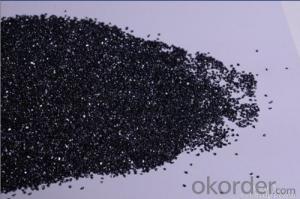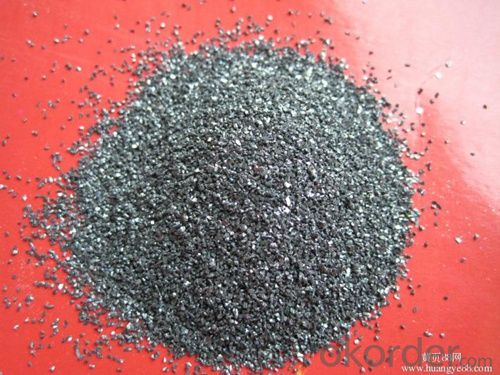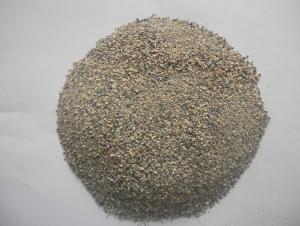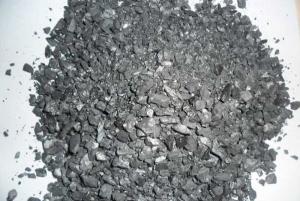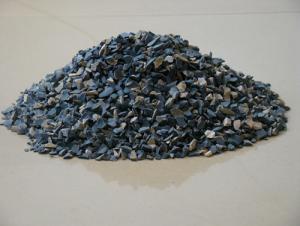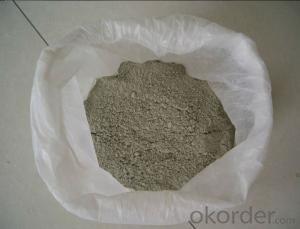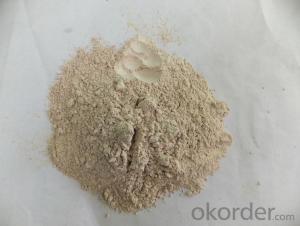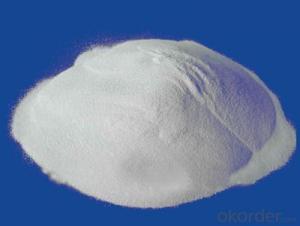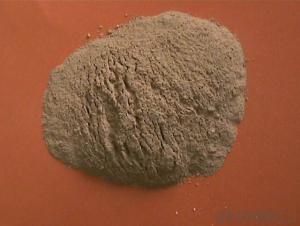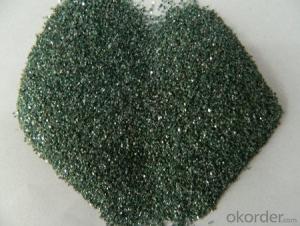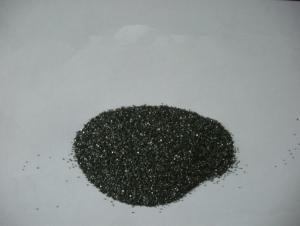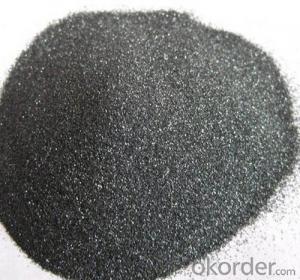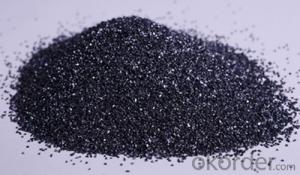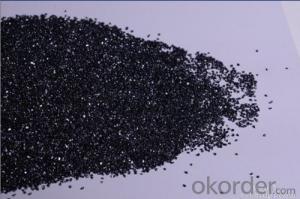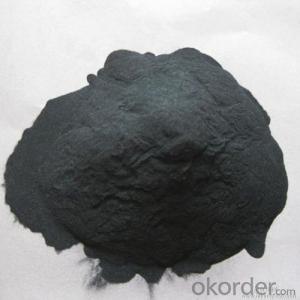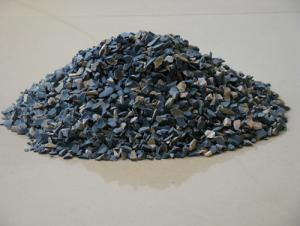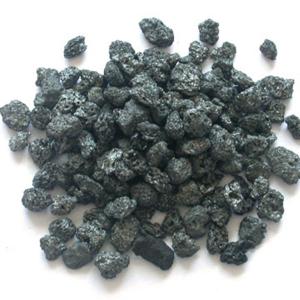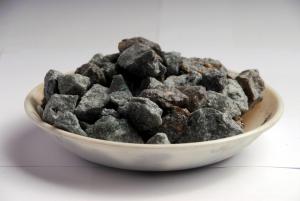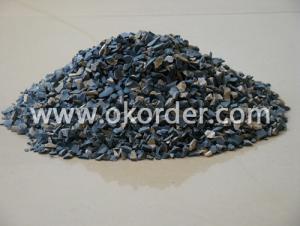Raw Materials for Refractory:Black Carbide and Green Silicon Carbide by Famous Manufacturer
- Loading Port:
- China main port
- Payment Terms:
- TT OR LC
- Min Order Qty:
- 25 m.t.
- Supply Capability:
- 2000 m.t./month
OKorder Service Pledge
OKorder Financial Service
You Might Also Like
Quick Details
| Place of Origin: | Henan, China (Mainland) | Brand Name: | cnbm | Model Number: | 45#,----99# |
| Application: | steelmaking | Shape: | lump/powder/ball/granules | Material: | SiC,H2O,S,P.Fe2O3.F.C |
| Dimensions: | 0-1mm 0-10mm 0-100mm | Chemical Composition: | SiC,H2O,S,P.Fe2O3.F.C | color: | black/green |
| standards: | ISO,GB | shorthand: | Sic | price: | competitive |
| usage: | refractory or abrasives | quality certification: | ISO9001 | SIC content: | 45%min |
| Factory or trade: | factory | delivery: | 15 days | Spot goods: | yes |
Packaging & Delivery
| Packaging Details: | 25kg PVC small bags in a 1 MT big bag |
| Delivery Detail: | Shipped in 15 days after payment |
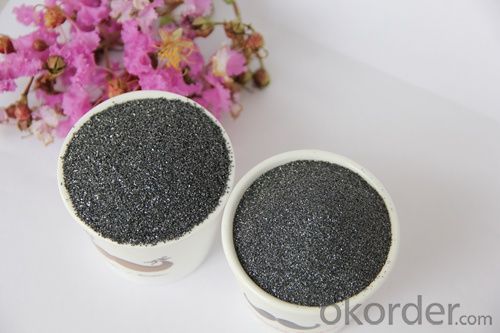
Silicon carbon is a new kind of reinforced steel-making deoxidizing agent and ideal thermal insulating agent.it is used for deoxidizing. The usage dose is 1-4kg/t can make electricity consumption to reduce 15-20kw/h and time to reduce 15-20min per furnace to raise productivity rate to 8-10%.
Advantages:
(1) Large melting furnace, longer melting time, lead to more crystallization, bigger crystals, higher purity and less impurities.
(2) Good hardness, longer life.
(3) Chemical washed and water washed good cleanness.
(4) Special treated products get higher purity, better toughness, and better grinding effect.
Agents wanted
Our company is currently looking for serious distributers from all over the world.
Agent Requirements:
1) Have the good business reputation in the field of ferroalloy.
2) Have the strong abilities to promote our products.
3) Regular orders in every month are promised.
- Q: Does the external wall thermal insulation materials level b1 need the fire barrier zone?
- Residential buildings should meet the following requirements: 1, The height of building is greater than or equal to 100m, the combustion performance of thermal insulation material should be level A. 2, The height of building is greater than or equal to 60m but less than 100m, the combustion performance of thermal insulation material should not be less than the level B2. When using the level B2 thermal insulation material, each layer should set a horizontal fire barrier zone. 3,The height of building is be equal or greater than 24m but less than 60m, the combustion performance of thermal insulation material should not be less than the level B2. When using level B2 thermal insulation material, each two-layer should set a horizontal fire barrier zone. 4, The height of building is less than 24m, the combustion performance of thermal insulation material should not be less than the level B2. Besides, when using level B2 thermal insulation material, each three-layer should set a horizontal fire barrier zone. According to this understanding, it can not be set.
- Q: What are grade classifications of the external walls fireproofing material?
- 1. The thermal insulation material of level A combustion performance: Rock wool, glass wool, foam glass, foamed ceramics, foam cement, hole-closed perlite, etc. 2. combustion performance is level B1 insulation materials: Extruded polystyrene board (XPS) after special treatment / Special treatment of polyurethane (PU), phenolic aldehyde and gelatine powder polyphenyl granule 3 combustion performance is level B2 insulation material: Molded polystyrene board (EPS), extruded polystyrene board (XPS), polyurethane (PU), polyethylene (PE), etc.
- Q: What are the physical properties of refractory material?
- The mechanical properties of refractory material include compressive strength, volume density and sclerosing, slag resistance, elastic modulus, thermal shock resistance, oxidation resistance, bibulous rate, fluidity, resilience, bond strength and slump, electrical conductivity, specific heat, heat capacity, the impact strength, linear change, torsional strength, stomatal aperture distribution, resistance to acid, etc. The use performance of refractory material include refractoriness, thermal emissivity, condensation, porosity, coefficient of thermal expansion. Thermal properties of refractory material include thermal conductivity, temperature conductivity, plasticity, the hydration resistance, creep performance. The physical properties of the refractory materials include structure performance, mechanical properties, shear strength, load softening temperature, CO erosion resistance. The structure properties of the refractory materials include porosity, alkali resistance and sintering. The operating performance of refractory material include consistency, tensile strength, the use performance and operating performance, wear resistance, bending strength, thermal properties.
- Q: who knows the uses of refratories?
- Physical properties of refractories include structural properties, thermal properties, mechanical properties, usability and operation. structural properties of refractories include porosity, bulk density, water absorption, air permeability, pore size distribution. Refractory thermal properties include thermal conductivity, thermal expansion coefficiency, specific heat, heat capacity, thermal diffusivity, thermal emissivity. Mechanical properties of refractories include compression strength, tensile strength, anti bending strength, torsional strength, shear strength, impact strength, abrasion resistance, creep property, adhesive strength, modulus of elasticity. Refractories are used in various fields of steel, nonferrous metals, glass, cement, ceramics, petrochemical, machinery, boilers, light industry, power, military and other fields of national economy. They are essential materials that ensures the production run and technological development of the above industries, and play an important role in promoting the developemnt of high temperature industrial production. the usability of refractories include refractoriness, softening temperature under a fixed load, linear?change?on?reheating,thermal shock resistant performance,slag resistance, acid resistance, alkali resistance, hydration resistance, carbon monoxide resistance, conductivity, oxidation resistance.
- Q: What kind of refractory materials are used in the intermediate frequency furnace?The domestic boric acid can be used as a lining?, how much is the rate?
- Acid, neutral, basic and composite materials are used in intermediate frequency furnace. Domestic boric acid is practicable. The ratio is to determined combined with material, steel (iron) species, smelting temperature, current and other factors
- Q: What's the heat conductivity coefficient, specific heat capacity and density of the refractory material of magnesite-chrome brick and magnesia-alumina brick respectively?
- It is suggested that you find some samples of well-known manufacturers, such as Ogilvy and Mather Group, and that will be more correct.
- Q: How many levels are there in the classification of PP fireproof materials?
- PP fireproof materials level V-0: After two 10-second fame tests on the sample, the flame extinguishes within 30 seconds. Inflamer can not drop. V-1: After two 10-second flame tests on the sample, the flame extinguishes within 60 seconds. Inflamer can not drop. V-2: After two 10-second flame tests on the sample, the flame extinguishes within 60 seconds. Inflamer can drop.
- Q: Is there a worker in (Jigang refractory plant)?
- Units in this way, it is necessary to slowly boil it, wages will come up. You are a labor worker, and can not share with the stock system staff. There's a difference between salary and vacation.
- Q: How to divide the fire resistant level of construction thermal insulation materials?
- 1, Combustion performance of the national standard building materials are divided into the following levels: Class A: incombustible building material: Material that almost never burn. Class B1: nonflammable building material: Nonflammable materials have good effect of flame resistance. In case of fire it in the air or at high temperature it is difficult to catch fire and spread, and when the fire source is removed, the combustion can stop immediately. Class B2: combustible?building?material: Combustible materials have good effect of flame resistance. In case of open fire in the air or at high temperature, it will immediately burst into flames and spread the fire quickly, such as wooden column, timber roof truss, wooden stairs, etc. Class B3: flammable building material: No flame-retardant effect, highly flammable, high risk of fire. 2, According to fire?rating, external wall thermal insulation materials can be divided into 1) thermal insulation material with class A combustion performance. Rock wool, glass wool, foam glass, foamed ceramics, foam cement, hole-closed perlite,etc. 2) thermal insulation material with class B1 combustion performance: Extruded polystyrene board (XPS) after special treatment /polyurethane (PU) after special treatment , phenolic aldehyde, gelatine powder polyphenyl granule, etc. 3) thermal insulation material with class B2 combustion performance: Molding polystyrene board (EPS), extruded polystyrene board (XPS), polyurethane (PU), polyethylene (PE), etc.
Send your message to us
Raw Materials for Refractory:Black Carbide and Green Silicon Carbide by Famous Manufacturer
- Loading Port:
- China main port
- Payment Terms:
- TT OR LC
- Min Order Qty:
- 25 m.t.
- Supply Capability:
- 2000 m.t./month
OKorder Service Pledge
OKorder Financial Service
Similar products
Hot products
Hot Searches
Related keywords
